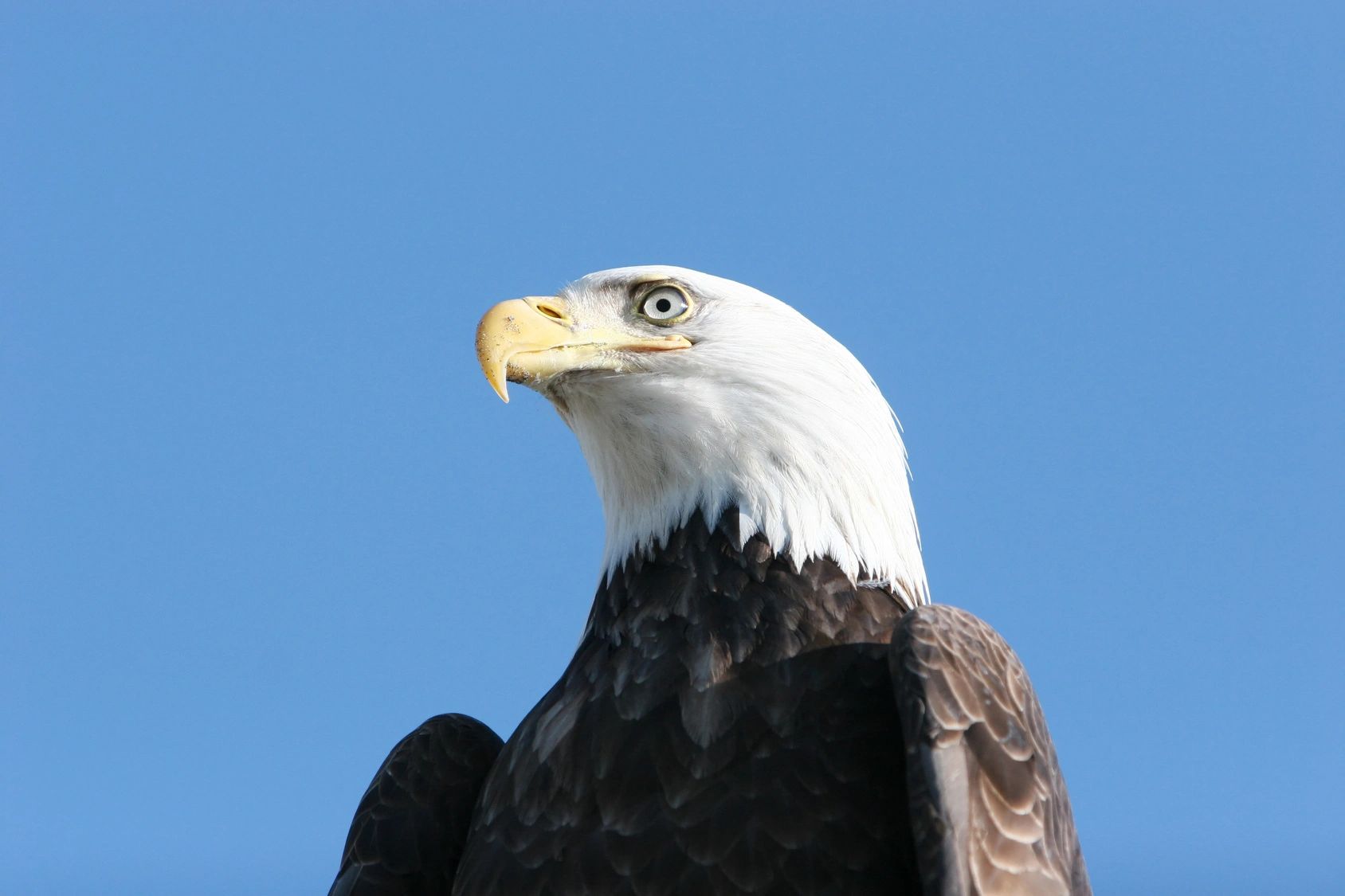
Winter is Excellent Time to Watch for Bald Eagles
Article Presented By Rathkamp Financial…
(Columbus) – Winter is an excellent time to watch for bald eagles, according to the Ohio Department of Natural Resources (ODNR) Division of Wildlife. Bald eagles begin courtship and nest-building activity in January and February, making now one of the best times to view them.
Ohio’s bald eagle population has increased dramatically in recent years, with an estimated 910 nesting pairs statewide in 2023. Look for eagles near their preferred aquatic habitats such as rivers, wetlands, and lakes. The absence of foliage makes winter a great time to spot eagles improving their large nests along waterways.
Bald eagles in Ohio typically lay eggs and incubate in February and March, nesting in large trees such as sycamores, oaks, and cottonwoods. Meanwhile, frozen lakes and rivers force the birds to expand their hunting grounds in search of fish and carrion, their foods of choice.



Winter provides viewing opportunities for immature bald eagles as well as adults. The white head and tail of the adult bird contrasts sharply with its dark body, a distinctive feature used to identify the species. An immature bird is more difficult to identify and has a mottled brown and white plumage for four or five years before attaining the recognizable field marks of an adult. A good pair of binoculars or even a spotting scope is recommended to spot birds at long distances.
Lake Erie and other large waterbodies host the highest number of eagles because of easy access to food resources. Excellent viewing opportunities can be found at Magee Marsh Wildlife Area (Lucas and Ottawa counties), Pickerel Creek Wildlife Area (Sandusky County), Ottawa National Wildlife Refuge (Lucas and Ottawa counties), Mosquito Creek Wildlife Area (Trumbull County), and Killdeer Plains Wildlife Area (Wyandot and Marion counties). In southern Ohio, look near major rivers such as the Muskingum, Hocking, Scioto, and Great Miami.
How you can help
As with many of Ohio’s native wildlife species, bald eagles require specific habitat conditions to thrive. Bald eagle habitat protection and research is funded by the sale of bald eagle conservation license plates, income tax check-off donations to the Endangered Species and Wildlife Diversity Fund, and sales of the Ohio Wildlife Legacy Stamp. Similarly, revenue derived from hunting and fishing license sales helps the Division of Wildlife expand wildlife areas and manage habitats for eagles and other wildlife.
All Ohioans can report active bald eagle nest sites at wildohio.gov or on the HuntFish OH mobile app. By reporting locations when you find a nest, you help Division of Wildlife biologists estimate eagle population dynamics and monitor trends, ensuring this and other species continue to do well in the Buckeye State.
The bald eagle was once an endangered species, with only four nesting pairs in Ohio in 1979. Thanks to partnerships between the ODNR Division of Wildlife, Ohio zoos, wildlife rehabilitation facilities, concerned landowners, and conservationists, its population increased. After much hard work and continued conservation, the bald eagle was removed from the federal list of threatened and endangered species in 2007, and from Ohio’s list in 2012.
Bald eagles are protected under both state law and the federal Bald and Golden Eagle Protection Act, making it illegal to disturb bald eagles. When viewing these majestic birds, remember to respect the bird’s space and stay at least 100 yards away. Disturbing bald eagles at the nest site could lead the pair to abandon the eggs.




























